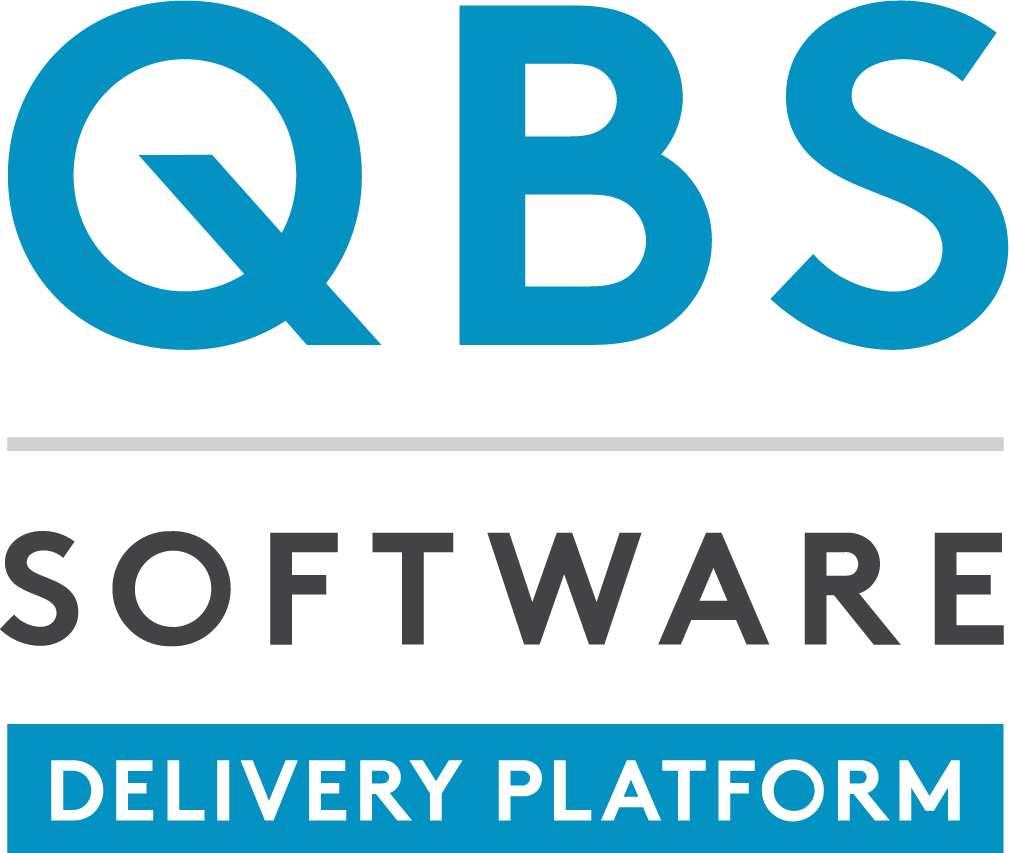
Need more information on this product?
Please contact us on +44 (0)20 8733 7100 or via our online form.
If you are not currently a customer, you can apply for an account.
gridMathematicais an integrated extension system for increasing the power of yourMathematicalicenses. gridMathematicaServer givesMathematicausers a shared pool of at least sixteen additional network-enabledMathematicacomputation kernels for running distributed parallel computations over multiple CPUs.
Key Features:
- Grid Deployment of all of Mathematica's Functionality: Including its state-of-the art, super-fast numerical routines, image processing, statistics, and finance capabilities. It even supports remote access to GPUs and the distributed on-the-fly generation and compilation of parallel C code. If you can do it in Mathematica, you can do it over the grid.
- A High-level Parallel Programming Language: Automates much of the communication, synchronisation, data transfer, and error recovery that usually makes grid computing so difficult to set up. With automatically serialised data transfer, you can send any structured data and programs to remote machines without needing to configure a common file system.
- Support for HPC Standards, including Cluster Managements Systems: Altair PBS Professional, Microsoft Windows Compute Cluster Server, Microsoft HPC Server, Platform LSF, and Sun Grid Engine and includes Wolfram Lightweight Grid software for systems without cluster management. Gigabit and high-speed networks are supported, and both CUDA and OpenCL GPU hardware are supported.
gridMathematica - Features
gridMathematica is an integrated extension system for increasing the power of Mathematica licences. Each gridMathematica Server gives Mathematica users a shared pool of 16 additional network-enabled Mathematica computation kernels for running distributed parallel computations over multiple CPUs.
Users do not need to change their existing parallel code, they are just required to make gridMathematica Server available, and parallel programs can automatically use the additional CPU power.
Features
- Grid deployment of all of Mathematica's functionality: including fast numerical routines, image processing, statistics, and finance capabilities. It supports remote access to GPUs and the distributed on-the-fly generation and compilation of parallel C code.
- A high-level parallel programming language: automates much of the communication, synchronisation, data transfer, and error recovery that usually makes grid computing so difficult to set up. With automatically serialised data transfer, users can send any structured data and programs to remote machines without needing to configure a common file system.
- Support for HPC standards, including cluster managements systems: Altair PBS Professional, Microsoft Windows Compute Cluster Server, Microsoft HPC Server, Platform LSF, and Sun Grid Engine and includes Wolfram Lightweight Grid software for systems without cluster management. Gigabit and high-speed networks are supported, and both CUDA and OpenCL GPU hardware are supported.
- Local hardware: all additional kernels run on each user's own machine
- High performance cluster: a dedicated cluster of machines running a specialised grid-management tool
- Ad hoc grids: a network of different machines available for parallel computation.
gridMathematica provides innovative parallel computing functionality, with features such as the following:
- Parallelisation at the Mathematica language level
- Support for multiprocessor machines, clusters, and grids
- Machine-independence - user code is completely portable
- High-performance MathLink communication protocol optimised for all common configurations
- Scheduling takes processor speed and communication latency into account
- User-programmable scheduling for problem-specific adaptation
- Automatic failure recovery and reassignment of stranded processes
- Support for tracing and debugging
- Speculative parallelisation for non-deterministic problems
- Parallel applications can be simulated and tested on a personal computer
gridMathematica supports all Mathematica functionality, including the collection of advanced algorithms for numeric and symbolic computation, discrete mathematics, statistics, data analysis, graphics, visualisation, and general programming, as well as all Mathematica application packages.
gridMathematica - System Requirements
Hardware Specifications:
- Processor: Intel Pentium III 650 MHz or equivalent
- Disk Space: 4GB
- System Memory (RAM): 512MB required; 1GB+ recommended
Platform Availability:
gridMathematica is available for all common Linux and Unix systems, Windows, and Mac OS X. For more information, see the supported platforms for Mathematica. Computers in the cluster do not have to run the same operating system. For a cluster consisting of separate computers, the machines need to be able to communicate with each other over TCP/IP.
Windows:
- Windows 7
- Windows Vista
- Windows XP*
- Windows HPC Server 2008
- Windows Server 2008
- Windows Server 2003
- Windows Compute Cluster Server 2003
Mac:
- Mac OS X 10.6 Intel
- Mac OS X 10.5 Intel
Linux:
- Ubuntu 7-10
- Red Hat Enterprise Linux 4
- CentOS 5
- Debian 5
- openSUSE 11
Networks
- Required: TCP/IP
- Supported: Ethernet, Gigabit Ethernet, and Firewire (IEEE 1394)
- Also supported: Myrinet, Infiniband, Quadratrics
gridMathematica uses standard TCP/IP to communicate between nodes, but it is independent of the actual network infrastructure. As a result, gridMathematica can take advantage of infrastructures such as Myrinet and fiber-based networks to increase bandwidth and decrease latency during high-communication computations over the more common Ethernet and copper-based networks.
Other Requirements
You need to be able to perform remote execution to launch Mathematica on computers in the cluster. Standard ways of doing this are through RSH, REXEC, or SSH.
Components
Mathematica, Parallel Computing Toolkit, MathLM

